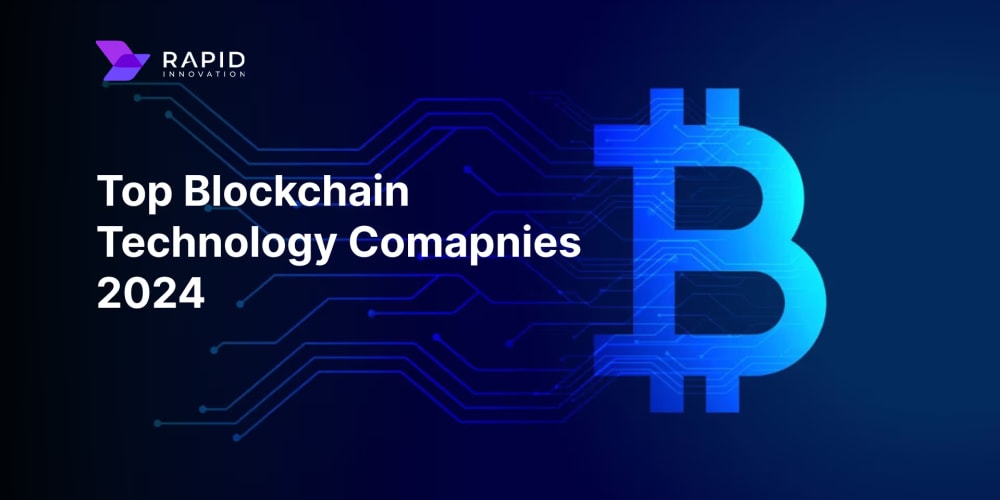To scrape YouTube content using Python through the API provided by YouTube, you need to follow several steps, including setting up a Google API project, obtaining an API key (also known as API Key), and calling the YouTube Data API v3 using Python.
Here are the detailed steps:
Step 1: Create a Google API Project
Access Google Cloud Platform.
Create a new project.
Search for and select "YouTube Data API v3".
Enable the API.
Step 2: Get an API Key
In the Google Cloud Platform console, select "Credentials".
Click "Create Credentials" and select "API Key".
Copy the generated API key, you will use it in the next steps.
Step 3: Install the Python Client Library
Install the Python Client Library for the Google API using pip:
pip install --upgrade google-api-python-client
Step 4: Use Python script to call YouTube Data API
Here is a simple Python script example that uses YouTube Data API v3 to search for videos:
from googleapiclient.discovery import build
# Setting up an API key
api_key = "YOUR_API_KEY_HERE"
# Create a YouTube object to interact with it
youtube = build('youtube', 'v3', developerKey=api_key)
# Call the API's search.list method to retrieve a list of videos that match the specified query
request = youtube.search().list(
part="id,snippet",
maxResults=25,
q="Python programming",
type="video"
)
response = request.execute()
# Print video information
for item in response['items']:
print(f"Video Title: {item['snippet']['title']}")
print(f"Video ID: {item['id']['videoId']}")
print("=" * 60)
Make sure to replace "YOUR_API_KEY_HERE" with the API key you obtained in Google Cloud Platform.
Step 5: Run your script
Run your Python script, which will display the titles and video IDs of the first 25 videos that match the search query "Python programming".
With these steps, you can start using Python and the YouTube Data API v3 to scrape YouTube content. Remember to abide by YouTube's Terms of Use and the API's quota limits.
Do I need to set up a proxy when scraping YouTube content?
When using the YouTube API to crawl YouTube content, it is not necessary to set up a proxy, because the YouTube API can usually obtain data through official channels. However, if you need to bypass network restrictions or simulate access from different geographical locations, you can consider using a proxy server.
How to set up and use a proxy server depends on the specific library and network environment you use. Generally speaking, you can configure the address and port of the proxy server when making an HTTP request. For example, if you are using the requests library, you can set up the proxy like this:
import requests
proxies = {
'http': 'http://45.58.136.104:11263',
'https': 'http://45.58.136.104:9960',
}
response = requests.get('http://example.org', proxies=proxies)
Keep in mind, however, that for situations where you need to interact with services like YouTube through their API, it is generally not recommended to use a proxy to bypass normal access controls or service restrictions unless there is a specific need and legitimate reason.



















